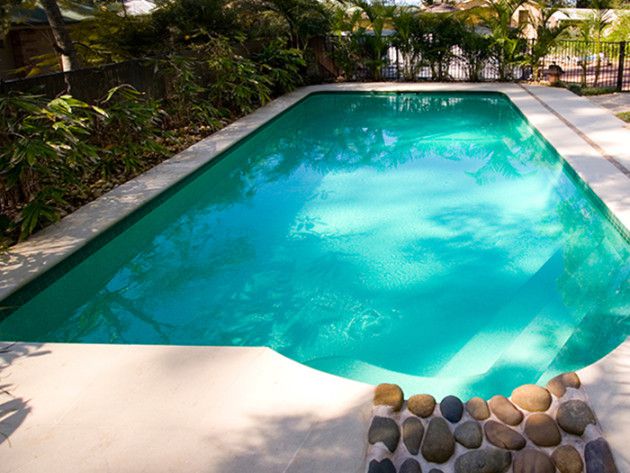White water mold (WWM) is an organically occurring fungus, which has a white mucous or tissue paper-like substance.It forms a heavy, protective coating, providing the organism with an uncommonly high level of protection that is very resilient against both halogen-based (chlorine, bromine) and non-halogen sanitizers and germicides, and it can White water re-contaminate long after it was destroyed.
WWM can be found on pool ladders, toys, floats, steps, automatic pool cleaner parts, fountains, directional fittings, skimmer baskets, weirs, and garden hoses, etc. Even tiny quantities of it can cause the problem to reoccur. It is usually caused by improper water and pool maintenance, environment and poor circulation. Basically, it is an overgrowth of naturally occurring Biofilms lying on pool surfaces and hiding in spots that are less accessible.
Prevention
It goes without saying that prevention of WWM is preferred over treatment, so here’s what you should do to keep it at bay. First of all, physically brush and clean all (and I mean all) pool surfaces on weekly basis, including ladder steps and rails, and expose them to as much sunlight and UV as possible, as they are natural oxidizers.
Remove the lid from the pool skimmer to allow sunlight into its basket for a few hours each day, but do this with extreme caution so as to avoid falling into an open skimmer. Regularly pour oxidizing chemicals into the skimmer in order to purge and clean the filtration lines of any biofilm.
When adding water with a garden hose, allow it to run for a couple of minutes prior to placing the hose into your swimming pool. Regularly clean pool toys, floats, as well as pool solar blanket if you have one. Run the pool filter at least 12 hours a day to prevent the so-called dead spots in the pool, and chemically clean the filter every 4-6 weeks, we learn from renowned Sydney-based pool builders.
Keep the pool water balanced at all times, rechecking after heavy rain or substantial top-offs of new water. Water balance refers to sanitizer and pH levels, calcium hardness and total alkalinity. Adding regular maintenance dosages algaecide every 2-3 weeks is also a prescribed
measure. Finally, don’t forget to clean and rinse all the hoses, vacuums and brushes that you use to maintain your pool.
Treatment
In case pool mold occurs despite all your maintenance efforts, its treatment must be quick and thorough. Immediately clean all affected surfaces as described above, and then physically clean and remove all visible WWM. Now add the prescribed dosage of algaecide to your pool, and shock the pool with a triple or even quadruple dose. Run the filter continuously until water is clear and peroxide and halogen levels reach high levels, and then chemically clean it. Take a water sample 4-5 days afterwards for a retest and evaluation, making sure that there’s a good water balance of total alkalinity pH and calcium hardness.
Author Bio: Lillian Connors is a blogger and home improvement enthusiast ever so keen on doing various DIY projects around her house and passionately writing about them. She is also an online marketing consultant, closely collaborating with a number of companies from all over the globe. You can check her out on G+, Facebook and Twitter.


7 comments